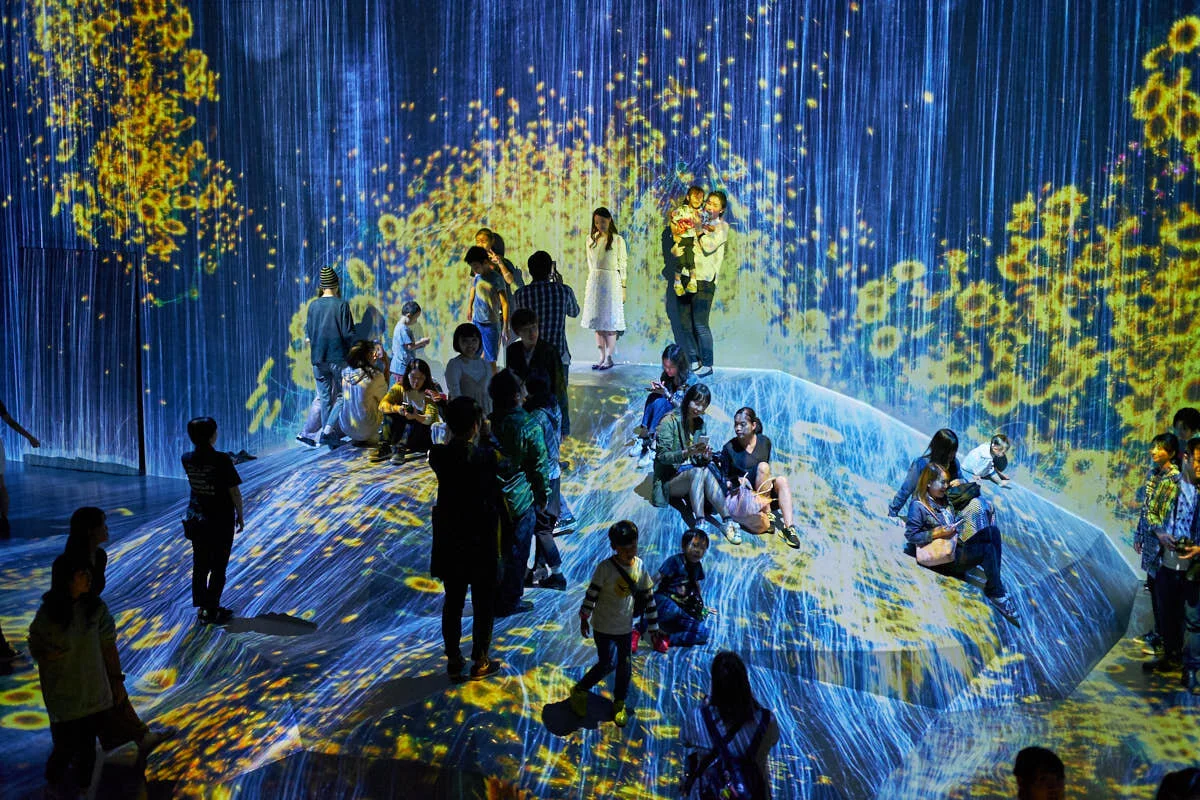Did you catch this month’s headlines in tech and the arts? Advancements in technology make new opportunities for creators and consumers alike. Policy to support transparency in device repair and use of AI may help users make informed decisions. Meanwhile, a landmark Google antitrust ruling supports competition in the search engine market.
What We Should Know About Current Interactive Films
The dilemma of interactive films, feeling as if you are in control when you actually are not, is part of the reason why they are yet to become mainstream in entertainment, especially compared to interactive games. This article attempts to open this discussion by examining theoretical frameworks as well as a comparative case study. As the major concern lies in the disruption of the audience’s engagement, potential future options can be VR or implicit interactions (making choices through the user’s implicit activity) to provide a more engaging process. When the hype for this innovative technology wears off, the core of the films will still be their stories. After all, it’s about storytelling.
Art-Making & Storytelling for Social Good in VR
Those who have a vested interest in the arts are often curious: how is art impacting its audiences? The Americans for the Arts Arts + Social Impact Explorer presents ten categories for how art can impact the people in its communities, and it is the ultimate challenge of arts organizations to build innovative programs that improve their reach in all ten. To measure impact against this challenge, organizations may analyze ticket sales, subscriptions, donations, and audience surveys. Between income spreadsheet lines, however, there are more questions about how to improve engagement, and – central to this piece – when and how to incorporate new technologies into classic offerings to boost innovation.
Why Interactive Films Are Not A Success...Yet
Motion picture companies in recent years are blurring the line between film and video games, bringing technical practices that have been adopted by interactive video games for many years. With the drift of film history into greater realism and higher audience immersion interests, interactive films that make compromises for the audience to take control are emerging. Filmmakers use different new-media technologies such as Eko Studio and Wirewax to engage an audiences’ interaction, but the medium is still so young that more extensive research is needed. This research examines the differences between the engagement models of interactive films and video games to identify the reasons why interactive films do not obtain a larger market.
Artistic Futures: Digital Interactive Installations
The concept of interactivity in the artistic field became popular in the 1950s due to the realization that interactive art could serve as a bridge between connecting artists and audiences in new ways. More importantly, audiences were able to become part of the artwork through their expression in experiencing the artistic process. These advances have led to greater accessibility in individuals’ artistic experiences. Moreover, the physical return to museums and galleries post-covid enhances digital interactive installations since audiences can experience this art live in a physical space, fostering a new sense of curiosity and community. The more frequent implementation of digital interactive installations in the technological age is just the beginning of its artistic evolution. The digital world of art is a hub of creativity and eager exploration, paving the way for a bright and innovative future for a fairly new form of art.
Build Interactivity into Public Art: Technology Interventions
One key element that differs public art from art produced for display in museums and galleries is that public art is often site-specific. It is critical to make public art more reflective of the place and community in which it resides through interactive and participatory approaches. How can technology contribute to the systems and interventions designed to drive public engagement?
The National Comedy Center: The Most Interactive Museum (To Date)
The National Comedy Center is the '“first non-profit institution and national-scale visitors experience dedicated to the art of comedy,” but it does the genre justice appealing to both fans and non-fans (Variety). The museum opened in 2018 and has already been praised as one of the best museum experiences in the country, holding a 5 star ranking on trip advisor.












